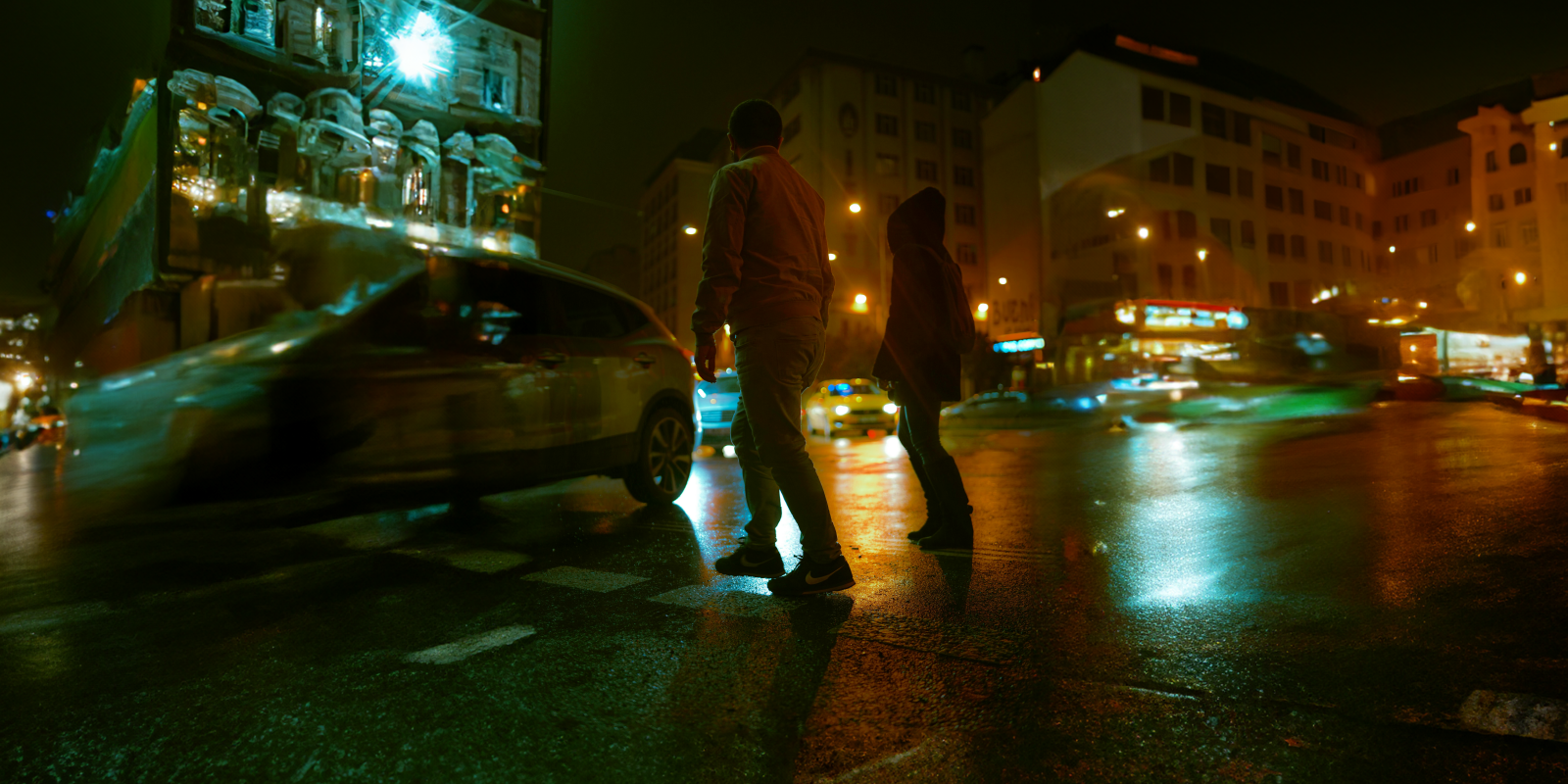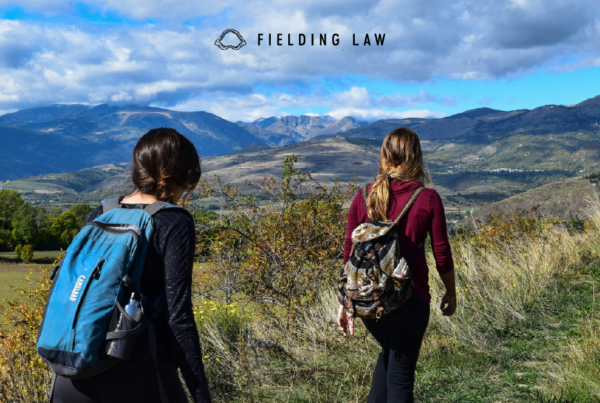As the sun dips below the horizon, casting its farewell glow, the challenges pedestrians face amplify in the cloak of darkness. Nighttime pedestrian safety becomes a paramount concern, with reduced visibility and heightened risks on the streets. In this intricate dance between shadows and movement, it becomes crucial to shed light on strategies that not only enhance safety but also unravel the legal nuances unique to these nocturnal scenarios.
The night presents a canvas of challenges for those who traverse on foot, demanding a heightened sense of awareness and a proactive approach to safety. In this blog, we delve into the depths of nighttime pedestrian safety, illuminating the path with practical strategies that can make a significant difference. From the attire you choose to wear to the routes you opt for, each decision plays a pivotal role in safeguarding against potential hazards that lurk in the dark.
Beyond the practical tips lies a realm of legal considerations, where the dynamics of accidents change under the cover of night. Understanding the intricacies of these legal aspects is as crucial as adopting safety measures. Fielding Law, with its unwavering commitment to both safety and legal expertise, stands as a guiding beacon for those navigating the complexities of nighttime pedestrian incidents.
Tips for Enhanced Nighttime Pedestrian Safety
Navigating the streets after dark demands a proactive approach to safety. As the sun sets and visibility diminishes, pedestrians must take deliberate steps to ensure their well-being. Consider these detailed strategies to enhance nighttime pedestrian safety:
- Dress for Visibility: The importance of being seen cannot be overstated. Opt for brightly colored clothing and accessories with reflective elements. This simple step significantly improves your visibility to motorists, reducing the likelihood of accidents.
- Light the Way: Carrying a flashlight or using a device with a reliable light source is a practical and effective measure. Not only does it illuminate your immediate surroundings, but it also signals your presence to drivers. This small yet impactful tool enhances overall safety during nighttime walks.
- Cross with Caution: Utilize designated crosswalks, follow traffic signals, and exercise caution before crossing streets. In the darkness, these conventional safety measures become even more critical. Make eye contact with drivers when possible, ensuring they acknowledge your intention to cross.
- Face Oncoming Traffic: When walking along roads with no sidewalks, facing oncoming traffic is a fundamental safety practice. This positioning allows you to observe approaching vehicles, react promptly to potential dangers, and take evasive action if necessary.
- Minimize Distractions: Distractions can pose significant risks, especially in low-light conditions. Stay focused on your surroundings by minimizing the use of electronic devices and avoiding activities that divert your attention. Maintaining situational awareness is key to preventing accidents.
- Choose Well-Lit Routes: Opt for routes that are well-lit whenever possible. Well-lit areas provide better visibility for both pedestrians and drivers, reducing the chances of collisions. Familiarize yourself with well-lit paths and prioritize them in your nighttime travels.
- Travel in Groups: There is safety in numbers, and this holds true for nighttime pedestrians. Whenever feasible, travel with companions. A group of pedestrians is more noticeable to drivers, and the collective awareness of the surroundings adds an extra layer of safety.
Fielding Law: Your Pedestrian Accident Attorneys
 By incorporating these strategies into your nighttime pedestrian routine, you proactively contribute to your safety and well-being. Fielding Law recognizes the importance of these measures and encourages pedestrians to adopt a vigilant mindset when walking after dark. Our commitment to safety goes hand in hand with our legal expertise, ensuring comprehensive support for those navigating nighttime pedestrian incidents. If you have experienced an incident or seek guidance on safety practices, reach out to Fielding Law at 833.88.SHARK for a free consultation. We are here to illuminate the path to safety and justice.
By incorporating these strategies into your nighttime pedestrian routine, you proactively contribute to your safety and well-being. Fielding Law recognizes the importance of these measures and encourages pedestrians to adopt a vigilant mindset when walking after dark. Our commitment to safety goes hand in hand with our legal expertise, ensuring comprehensive support for those navigating nighttime pedestrian incidents. If you have experienced an incident or seek guidance on safety practices, reach out to Fielding Law at 833.88.SHARK for a free consultation. We are here to illuminate the path to safety and justice.
Note: Information provided is for educational purposes and does not constitute legal advice. Always consult with a qualified attorney for legal concerns.






